Last week I told you I’d share my step-by-step process for preventing aggressive behavior just moments before it takes place, by avoiding the “use your words” mistake and taking steps that will get children to want to listen to you rather than them wanting to hit or hurt others to try and get their needs met.
We already discussed Step 1 but here’s a recap in case you missed it:
Step 1: pick a time when you typically see aggressive behavior from one child and make sure you (or another staff member) is near the child.
Let’s say for Step 1 you decided to focus on preventing Robert from pushing when your class is lining up to go outside and so you’ve positioned yourself by the door before Robert gets there to line up.
Because this might feel like it's next to impossible to do - everyone’s cleaning up and all - most teachers end up focusing on what to do after one child pushes or hits another but the problem with that is that then you’ll always be in reactive mode.
This leads to the mistake most preschool teachers make which is they try to “teach” children how to behave or get them to listen, after the child has already hit or hurt someone, when the child is in “the red zone,” their brain is “offline, and they’re in their “reptile brain”. This means they’re not in a space to listen or learn anything.
You have to figure out how to get ahead of things so you can do your teaching before the aggressive behavior takes place. Teaching what to do instead of pushing is just like teaching children to write their names. It’s part of the job. Just as important as any literacy activity.
There are several ways to do step 2 but here’s the basics…
Step 2: say what you think the child wants or needs.
Sounds basic. So basic as to potentially “not work”. But the trust built in doing this is phenomenal. Children will listen. They’ll feel heard and understood.
Let’s go back to the example of Robert, who pushes when lining up to go outside.
Many children become overstimulated, dysregulated or anxious during transitions.
Could be sensory overload…subconsciously worrying they may not get a tricycle or won’t have a friend to play with…hungry or tired…or, all of the above.
Ok, you’re there at the door where the children line up. Robert’s approaching. You say what you think he wants, “Robert, it seems like you want to be first in line”. (He hasn’t even done anything yet but you KNOW because every single day he pushes to the front saying “I’m first!!!!!!!”). Now, if it's not that obvious what he wants, just take a guess. Use your judgment based on what you’ve observed. Trust your gut.
Don’t worry if you get what the child wants or needs wrong. It’s ok. Older children who have enough language will correct you and then you’ll know what to say tomorrow!
Here’s a tip: many children push on line because other children are standing too close.
So if you see pushing or touching on lines, during transitions, or at circle time just try out the idea that “too close” is the issue. Say something like, “Robert it seems like you’re ready to line up and I know you don’t like anyone to stand too close or touch you.”
Next week I’ll give you Step 3 and don’t forget that while these steps are part of a larger 7-Step process that I teach to our TCB Teachers’ Club members, just these three steps alone that I’m sharing last week, this week and next week can create a massive shift in your classroom if you actually implement them and do it consistently.
For now, try our Step 1 and Step 2 this week and see what the child says or does in response (and whether they correct you in terms of what their wants or needs are) and let me know in the comments below.
ps - missed step 1? Go here: transformchallengingbehavior.com/blog/prevent
and Learn about Step 3 here: transformchallengingbehavior.com/blog/givewords

